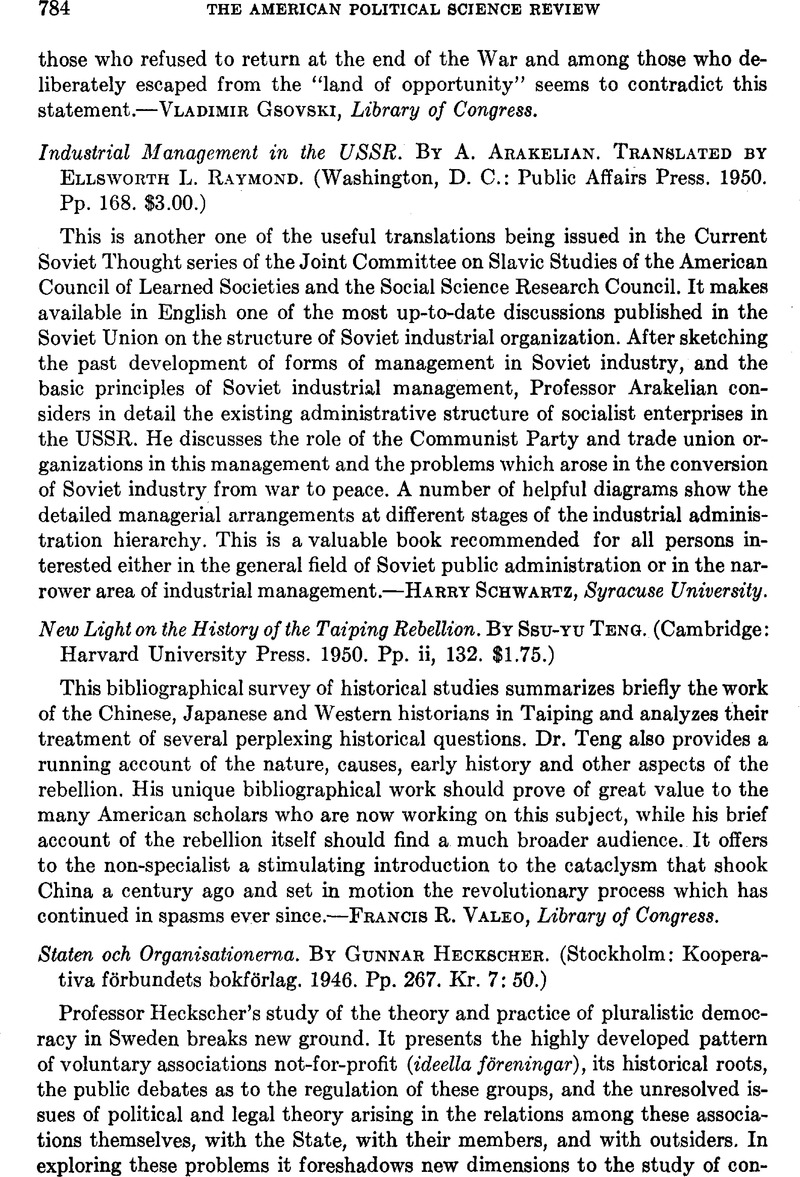The history of industrial management can be traced back to the early days of the Industrial Revolution in the 18th and 19th centuries. During this time, the production of goods was revolutionized with the introduction of new technologies and machines that allowed for the mass production of goods. This led to the creation of factories, which required a new form of management to oversee the production process.
One of the earliest proponents of industrial management was the Scottish engineer, Charles Babbage. Babbage believed that the production process could be made more efficient through the use of machines and the division of labor. He proposed the use of punched cards to control the operation of machines, which later became the basis for modern computers.
Another early pioneer in industrial management was Frederick Winslow Taylor. Taylor is often referred to as the "father of scientific management," as he developed a series of principles for optimizing the efficiency of the production process. Taylor believed that by studying the work of individual workers and breaking down tasks into smaller, more manageable units, productivity could be increased. He also proposed the use of time and motion studies to analyze and improve the efficiency of the production process.
During the 20th century, industrial management continued to evolve with the development of new technologies and the emergence of new management theories. The principles of scientific management were further developed by Henry Gantt, who introduced the concept of task and bonus pay, and by Frank and Lillian Gilbreth, who studied the work of bricklayers and developed the idea of "therbligs," which are basic elements of motion that can be used to improve efficiency.
In the post-World War II period, the management theory known as "just-in-time" production emerged in Japan. This approach emphasized the importance of reducing waste and inventory in the production process and relied on a system of continuous improvement known as "kaizen." Just-in-time production was later adopted by companies around the world and became a key element of modern industrial management.
Today, industrial management continues to evolve with the development of new technologies such as automation and artificial intelligence. These technologies have the potential to further streamline the production process and increase efficiency, but they also raise new challenges for industrial managers, such as the need to retrain and upskill workers in the face of automation.
Overall, the history of industrial management reflects a continuous effort to optimize the efficiency of the production process and respond to the changing needs of businesses and consumers. As the world continues to evolve, industrial management will undoubtedly continue to adapt and innovate to meet the challenges of the future.







